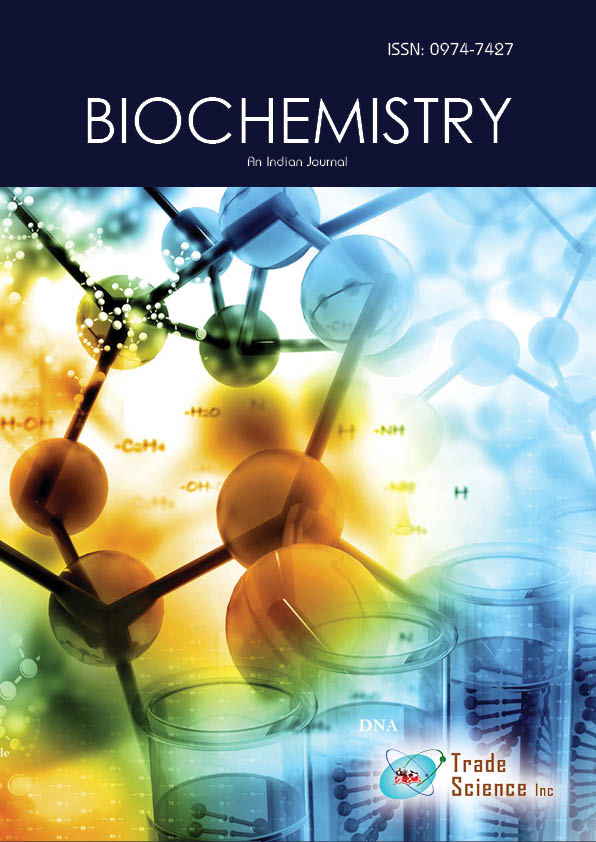抽象的な
Study Of CNT Decorated Semiconductor Nanophotocatalysts for Water Purification
Anil Kumar Singhal and Balram Tripathi
Water pollution is a great concern for whole of the world population as indicated by EU25 barometer. Photocatalysis based on nanocrystals is a very promising method for the treatment of contaminated, polluted water. A photocatalyst (ex.g. TiO2, ZnO, MoO3, CeO2, ZrO2, WO3, α-Fe2O3, SnO2, ZnS, CdS, CdSe, WS2, and MoS2) uses U.V. and visible light radiation from sunlight and breakdowns different substances e.g. organic materials, organic acids, estrogens, pesticides, dyes, crude oil, microbes (including viruses), inorganic molecules (eg. NOx), can also remove metals such as mercury. The use of CNTs in photocatalyst systems, not only enhances the optical properties of TiO2 and PbS photocatalysts, but also improves their capability in photo degradation of organic pollutants. The photo sensitization of transition metal oxides is a promising approach for achieving effective visible light photo catalysis. Nanostructured photosensitizers such as quantum dots, plasmonic metal nanostructures and carbon nanostructures coupled with wide band gap transition metal oxides are used to design better visible-light active photocatalysts.
